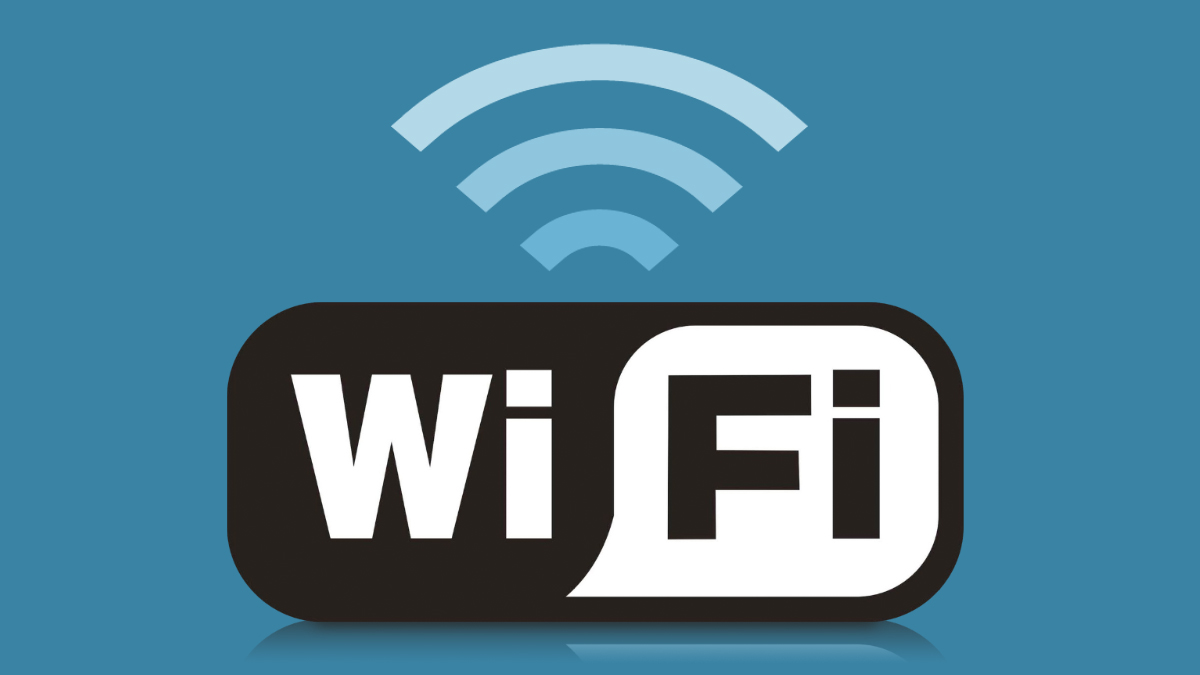
Secrets of Wireless Troubleshooting: Pro Tips for Quick Fixes
By Adedayo Oyetoke, Published on: December 26th 2023 4 min, 681 word Views: 941
In today's digital age, wireless technology has become an integral part of our daily lives. From smartphones to smart homes, we rely on wireless networks for communication, entertainment, and productivity. However, as convenient as wireless technology is, it can also be frustrating when things go wrong. From slow connections to dropped signals, wireless troubleshooting can be a daunting task. But fear not! In this comprehensive guide, we will uncover the secrets of wireless troubleshooting and provide you with pro tips for quick fixes.
Understanding Wireless Networks
Before we delve into troubleshooting, it's essential to understand the basics of wireless networks. Wireless networks operate on radio frequencies, using routers and access points to transmit data to and from devices. These networks can be affected by a variety of factors, including interference from other devices, signal obstructions, and network congestion.
Pro Tip #1: Understanding your wireless network's environment is crucial for troubleshooting. Factors such as the layout of your home or office, the presence of neighboring networks, and the types of devices connected can all impact wireless performance.
Common Wireless Issues and Their Causes
Now, let's explore some of the most common wireless issues and their underlying causes.
1. Slow Connection Speeds: Slow wireless speeds can be caused by a variety of factors, including signal interference, outdated hardware, or network congestion.
Pro Tip #2: To improve connection speeds, try relocating your router to a central location in your home or office, away from obstructions and electronic devices that may cause interference.
2. Dropped Signals: Dropped signals occur when devices lose connection to the wireless network. This can be caused by signal interference, outdated firmware, or hardware issues.
Pro Tip #3: To prevent dropped signals, ensure that your router's firmware is up to date and consider using a dual-band router to minimize interference from other devices.
3. Limited Range: Some wireless networks have limited range, making it difficult to connect to the network from certain areas of a home or office.
Pro Tip #4: To extend the range of your wireless network, consider using range extenders or mesh Wi-Fi systems to ensure coverage throughout your space.
Troubleshooting Wireless Issues
Now that we've identified some common wireless issues and their causes, let's explore pro tips for troubleshooting these issues.
Pro Tip #5: Perform a Wireless Site Survey
A wireless site survey involves analyzing the wireless environment to identify potential sources of interference and signal obstructions. This can be done using specialized software or mobile apps that provide detailed information about signal strength and network congestion.
Pro Tip #6: Optimize Router Placement
The placement of your router can have a significant impact on wireless performance. To optimize router placement, consider placing the router in a central location, away from obstructions such as walls and electronic devices.
Pro Tip #7: Update Firmware and Drivers
Outdated firmware and device drivers can cause wireless issues. Ensure that your router's firmware is up to date and that your devices have the latest drivers installed to maintain optimal performance.
Pro Tip #8: Use Quality-of-Service (QoS) Settings
Many modern routers offer QoS settings, which allow you to prioritize certain types of network traffic. By prioritizing important applications such as video streaming or online gaming, you can ensure a consistent and reliable wireless experience.
Pro Tip #9: Consider Network Segmentation
Segmenting your wireless network into separate SSIDs for different devices or applications can help optimize performance and reduce interference. For example, you might create a separate SSID for smart home devices to prevent them from impacting the performance of other devices on the network.
Pro Tip #10: Invest in Quality Hardware
Finally, investing in quality hardware, such as a high-performance router and reliable network adapters, can significantly improve wireless performance and reliability.
Conclusion
Wireless troubleshooting doesn't have to be a daunting task. By understanding the basics of wireless networks, identifying common issues and their causes, and implementing pro tips for troubleshooting, you can quickly and effectively resolve wireless issues. Whether you're dealing with slow connection speeds, dropped signals, or limited range, these pro tips will help you maintain a reliable and robust wireless network. So, the next time you encounter a wireless issue, remember these secrets of wireless troubleshooting and become a pro at quick fixes!
